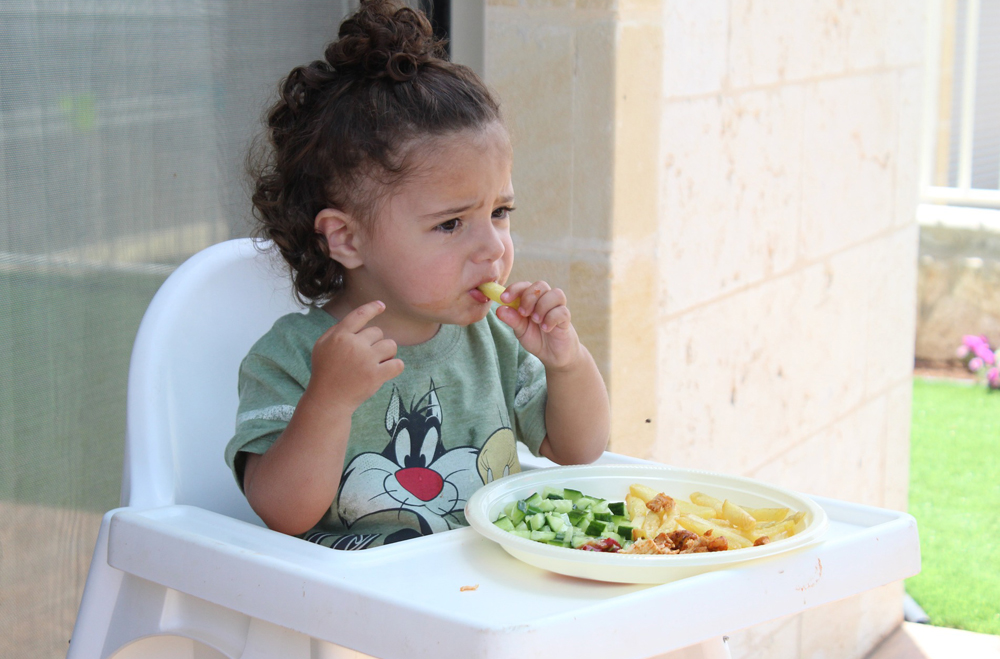There has been a reported increase in the number of children being diagnosed with food allergies worldwide. Here are some of the common ones that can be found in children.
Eggs

Eggs are one of the most common foods that children are allergic to. Both egg yolks and whites contain protein that can cause an allergic reaction, but most cases of child allergy are a result of the whites. It is rare, but not impossible, for someone to be allergic to yolks. If you’re breastfeeding and your baby is allergic to the protein in eggs, it is possible for them to have a reaction through your breast milk. Most children outgrow this allergy before adolescence, as the body’s immune system becomes developed enough to handle the protein.
Peanuts and tree nuts
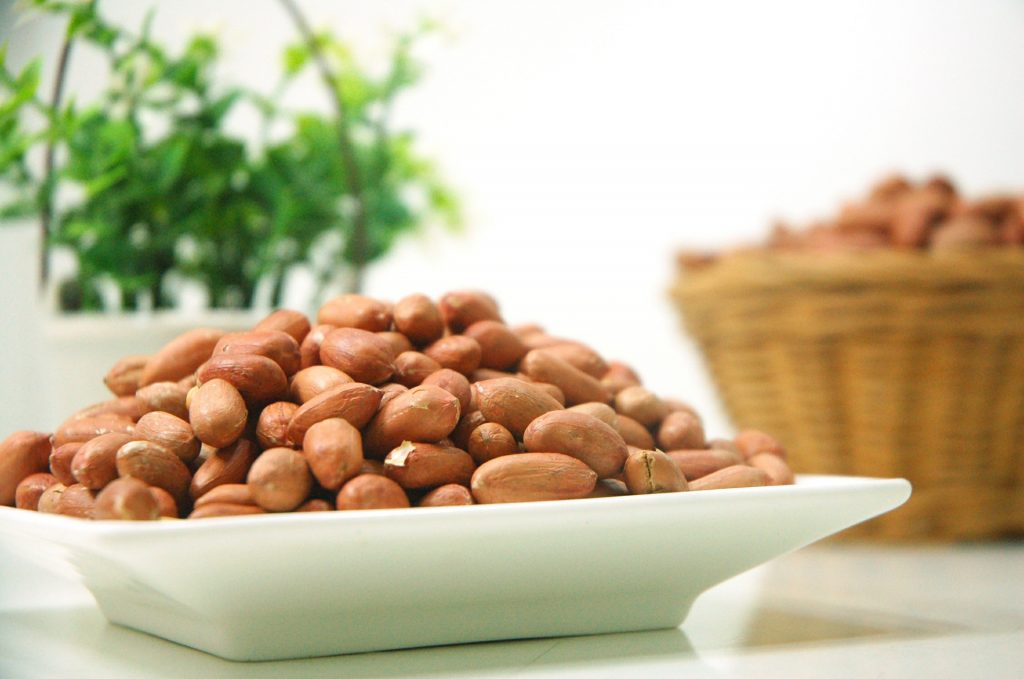
Although they fall under the legume category, peanuts are often still mistaken for nuts. That said, both peanuts and tree nuts such as walnuts and cashew nuts, can cause severe allergic reactions that could lead to anaphylaxis. This allergy will likely follow your child into adulthood.
If you are in Singapore, NUH has recently launched a programme that may let children with nut allergies consume peanuts.
Milk
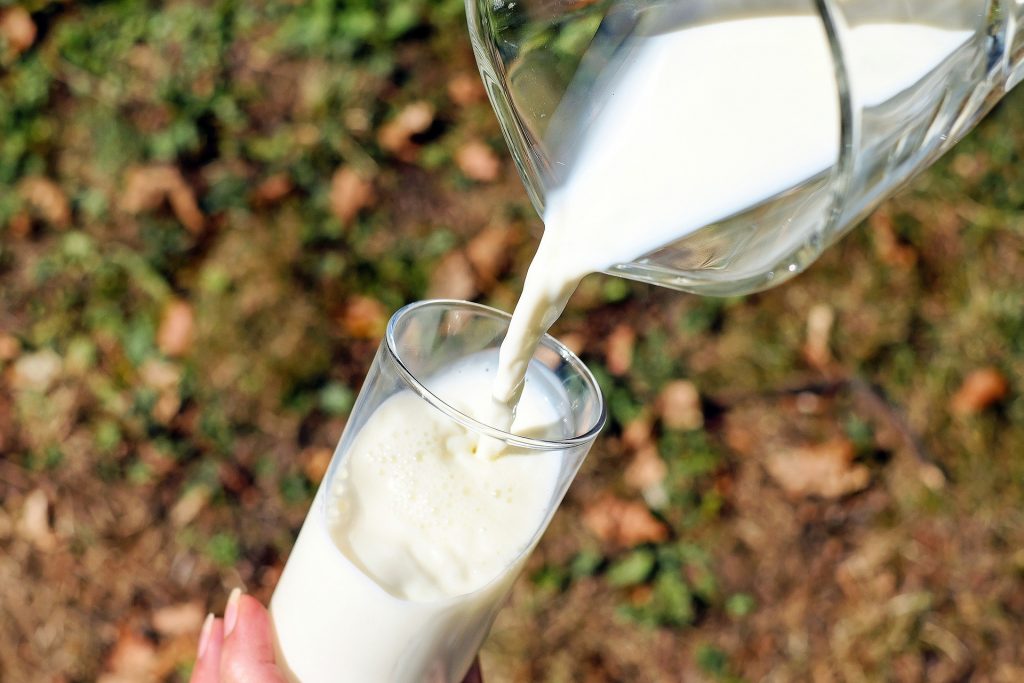
Having a milk allergy is different from being lactose intolerant. If your child is lactose intolerant, their digestive system is not able to properly digest lactose, a chemical found in milk and other dairy products. A milk allergy is when your baby’s immune system reacts negatively to either the casein or whey proteins found in mammals’ milk.
If you are breastfeeding and know your little one has a milk allergy, avoid all dairy products, as proteins that can trigger an allergic reaction can cross into your breast milk and be ingested by your little one. Find an alternative source of calcium to keep your calcium levels up, and your little one should be switched to a hypoallergenic milk formula that is less likely to trigger a reaction. Fortunately, most children outgrow this allergy.
Soy

Like peanuts, soybeans are part of the legume family. However, it isn’t necessarily so that if one is allergic to peanuts that they will be allergic to soybeans too as their triggers are different.
This is one of the tougher allergies to deal with, as many foods nowadays, especially in Asian cuisine, are made from soy beans.
Shellfish
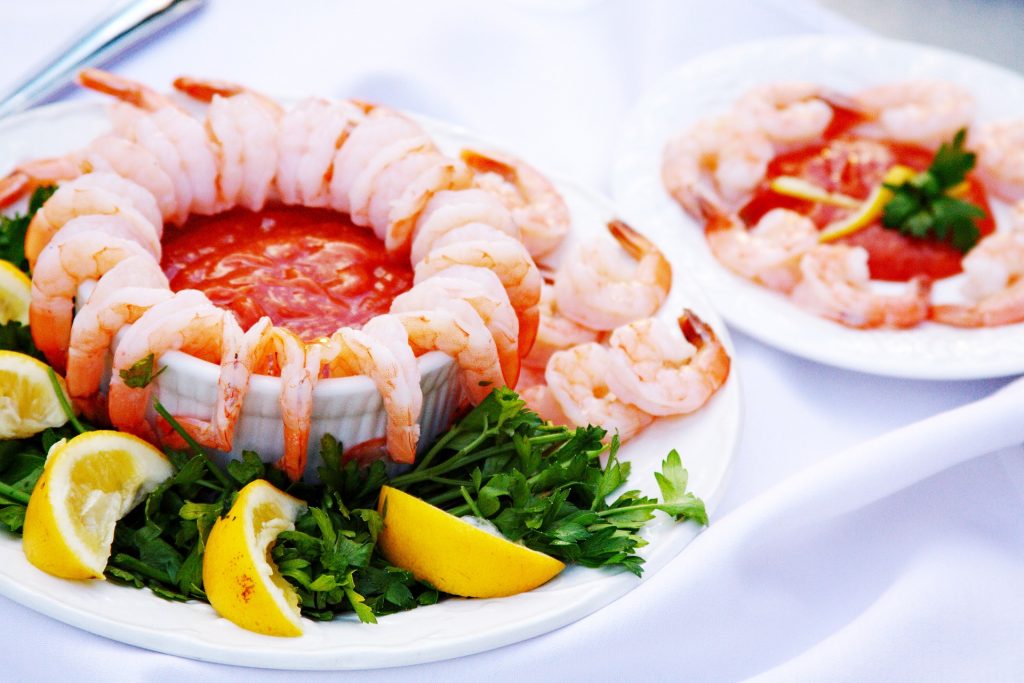
Shellfish can be categorised as either crustaceans and molluscs, and it is often crustaceans that cause a greater number of allergic reactions. There is also a chance that your child may only be allergic to one group. Most shellfish allergies occur when the food is ingested by your child, but touching the animal and breathing in vapours from when it is cooking have also been known to cause reactions. Unfortunately, shellfish allergies are more likely to stay with your child until adulthood.
Fish
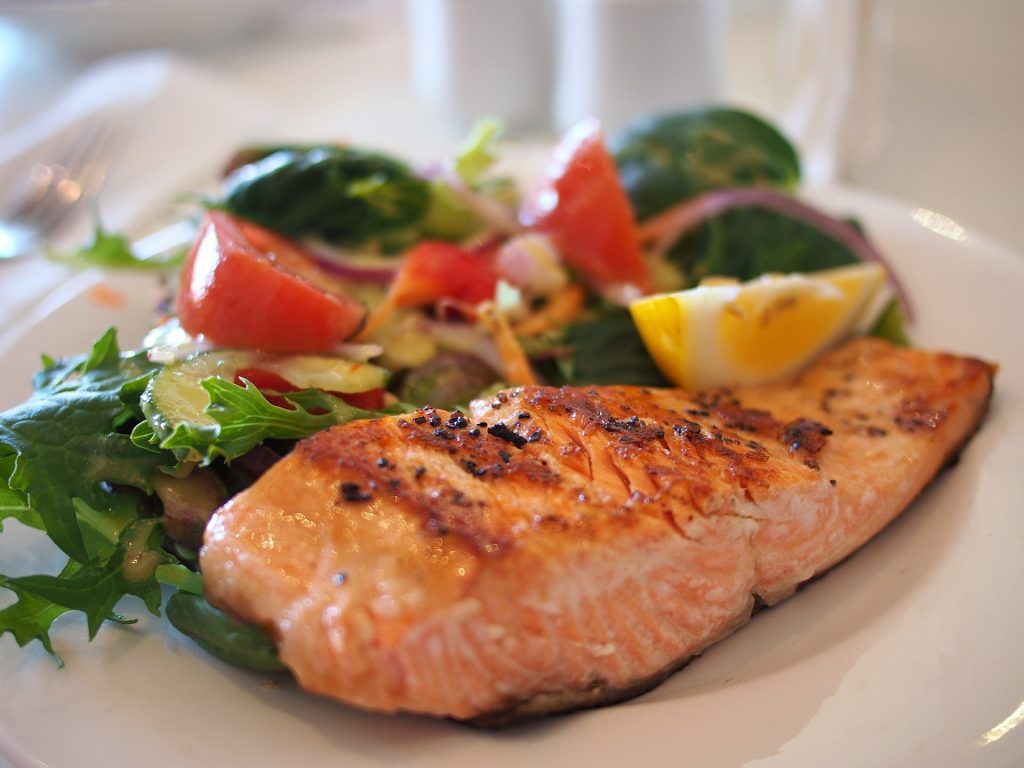
Your child can be allergic to fish but eat shellfish with no problem and vice versa. And even if they are allergic to fish they may not be allergic to all fish. However, if your child is known to be allergic to fish, it is highly recommended that they avoid all fish as there may be cross-contamination. For further information, consult your allergist to find out what exact types of fish they can consume.
Some eateries have been known to substitute cheaper types of fish for what is stated on the menu, thus you should always check and let them know that your child has fish allergies warn whomever your child is with about their allergies. Staying out of areas where fish is being cooked is also recommended, as the vapour produced may contain proteins that will cause a reaction.
Wheat

Do not confuse having a wheat allergy with celiac disease, which is an auto-immune disorder where the digestive system reacts negatively to gluten, often requiring sufferers to embark on a gluten-free diet. If your child is diagnosed with a wheat allergy, he or she can usually eat other grains, but not wheat. Apart from staying away from food containing wheat, it is also advisable to keep them away from non-food items such as handmade soft toys and microwavable heating bags.



